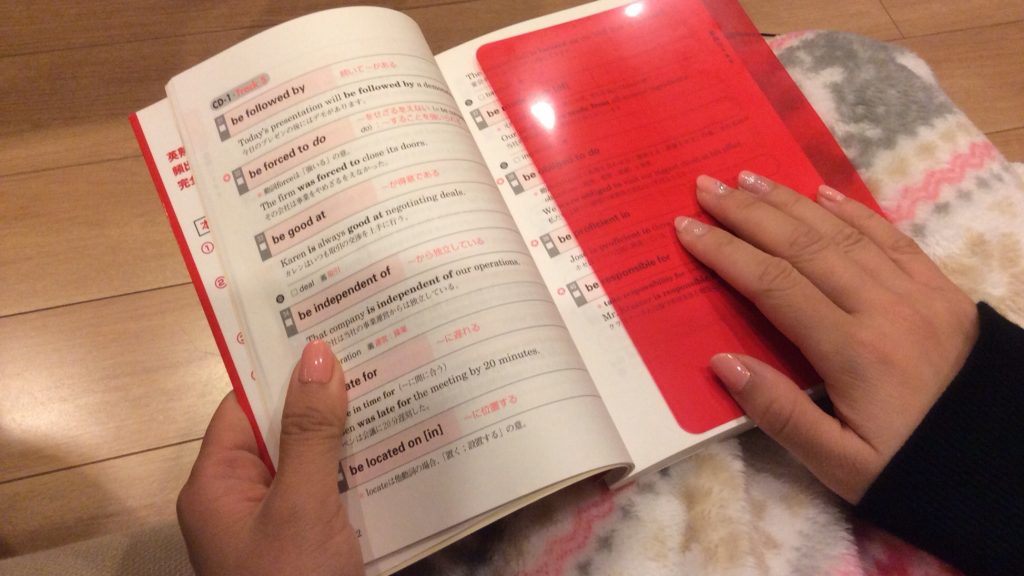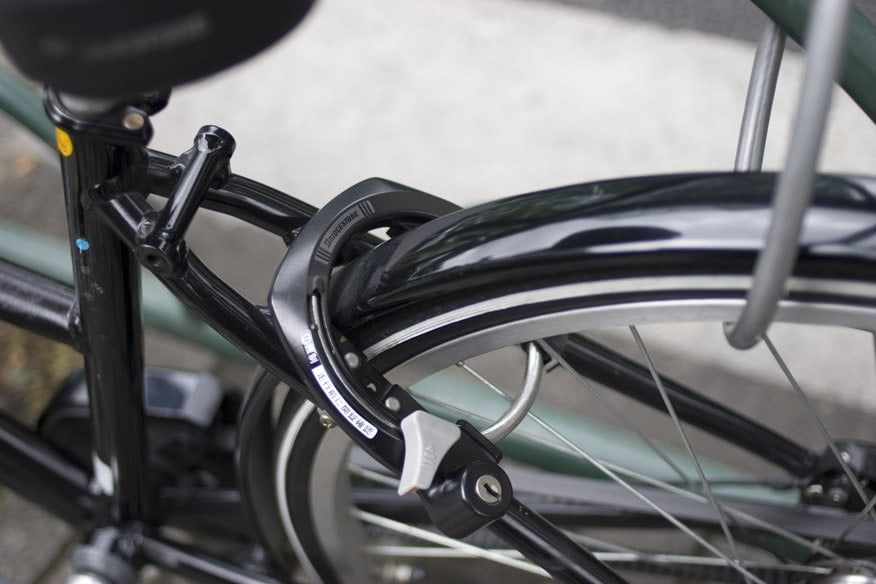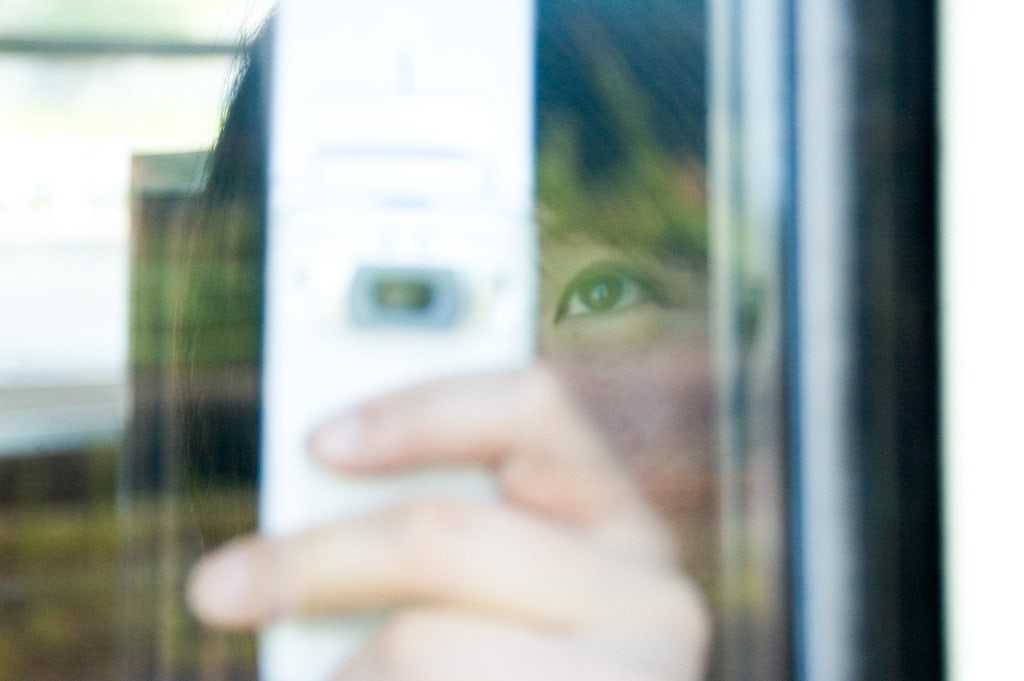Last month I looked at some intriguing cases of the way common items in Japan have been designed slightly differently from other countries and since then I’ve been looking around for more examples of the same.
As it turns out there are a lot of little things and systems which are unique to Japan and below is an eclectic mix of 6 more you might notice while wandering the streets or standing in a packed commuter train:
Check Sheets (チェックシート 赤 緑)

- used by students help to memorise vocabulary and other textbook content
- sentences are printed or highlighted using a pen in red or green on the page
- a translucent plastic film of the same colour is used to obscure the content
Bike Locks

Photo by jet
- since there is very little crime in Japan highly secure locks are unnecessary
- most bike owners use a simple rear-wheel O lock which prevents the wheel from turning
- all bikes should be registered with the police for easy identification if lost/stolen
Earthquake Early Warning System (EEW)
- sophisticated system utilising over 4,000 seismometers to predict quake epicentre
- alerts sent out over tv, mobile phones and automated systems built into trains etc.
- provides a few seconds for people to take action depending on quake size and location
Convenience Stores (Konbini)

Photo by Gian
- more than 50,000 across Japan, most open 24/7 (7-Eleven, Lawson and Family Mart…)
- stock a range of food, beverages, newspapers, magazines, toiletries, and electronics
- services include ATM, copier/fax, ticket reservation, bill payment, delivery pick-up
- when a customer buys something the clerk enters their approximate age and gender into the POS which is transmitted to the store headquarters and analysed in real-time
- this helps to fine-tune the delivery schedule and adjust the product inventory to fit the local market, while using shelf space more efficiently
Camera Shutters

Photo by Daisuke Matsumura
- the annoying shutter sound on digital cameras can usually be turned off/muted
- because of worries about perverts misusing this feature it is disabled by law in Japan
- if you buy a smartphone in Japan you can’t deactivate it (or even lower the volume)
Counting Money
- when giving change a shop assistant will always hand over paper notes before coins
- notes are usually snapped taut and then counted in two different directions to reduce errors (from the back, and then flipping them lengthwise to count face up)
See Part 3 for more intriguing examples of how everyday objects in Japan are designed.


Reply